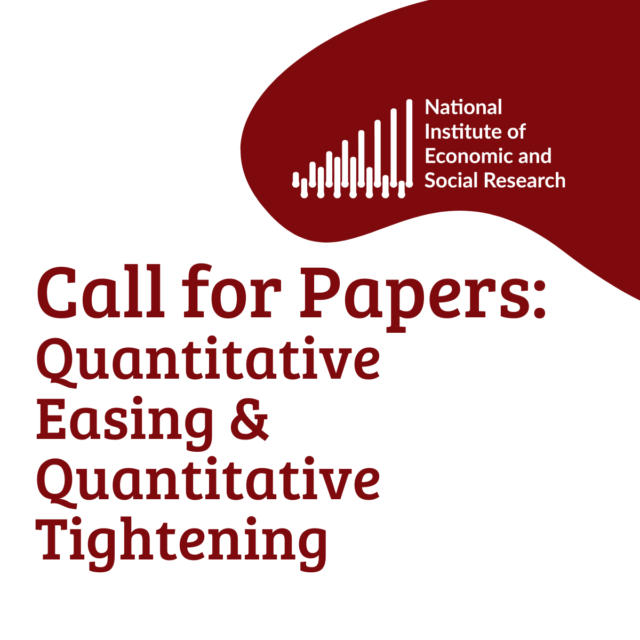- Home
- Publications
- Too Big To Fail And Too Big To Save: Dilemmas For Banking Reform
Too big to fail and too big to save: dilemmas for banking reform
 Pub. Date
Pub. Date
 Pub. Type
Pub. Type
External Authors

Barth, J R

Wihlborg, C
Related Themes
Macro-Economic Dynamics and PolicyJEL Code
G18, G21, G28
Journal
National Institute Economic Review
Publisher
Sage Publications, London
External Resources
Issue
235
‘Too big to fail’ traditionally refers to a bank that is perceived to generate unacceptable risk to the banking system and indirectly to the economy as a whole if it were to default and be unable to fulfill its obligations. Such a bank generally has substantial liabilities to other banks through the payment system and other financial links, which can be sources of ‘contagion’ if a bank fails. The main objectives in this paper are to identify the different dimensions of too big to fail and evaluate various proposed reforms for dealing with this problem. In addition, we document the various dimensions of size and complexity, which may contribute to or reduce a bank’s systemic risk. Furthermore, we provide an assessment of economic and political factors shaping the future of too big to fail.
Related Blog Posts



Public Debt Sustainability and Fiscal Rules
Stephen Millard
Benjamin Caswell
05 Feb 2024
4 min read

Related Projects
Related News

Call for Papers: Lessons From Quantitative Easing & Quantitative Tightening
09 Feb 2024
1 min read



Related Publications

Adam Smith and the Bankers: Retrospect and Prospect
04 Jan 2024
National Institute Economic Review

On the Promises and Perils of Smithian Growth: From the Pin Factory to AI
04 Jan 2024
National Institute Economic Review

Economic Progress and Adam Smith’s Dilemma
04 Jan 2024
National Institute Economic Review

Adam Smith’s ‘Wealth of Nations’ is Still Relevant to UK Trade Policymaking on International Trade
04 Jan 2024
National Institute Economic Review
Related events

Assessing Cycles and Structural Changes in Markets

Business Conditions Forum

2022 Dow Lecture: The Economy and Policy Trade-Off





